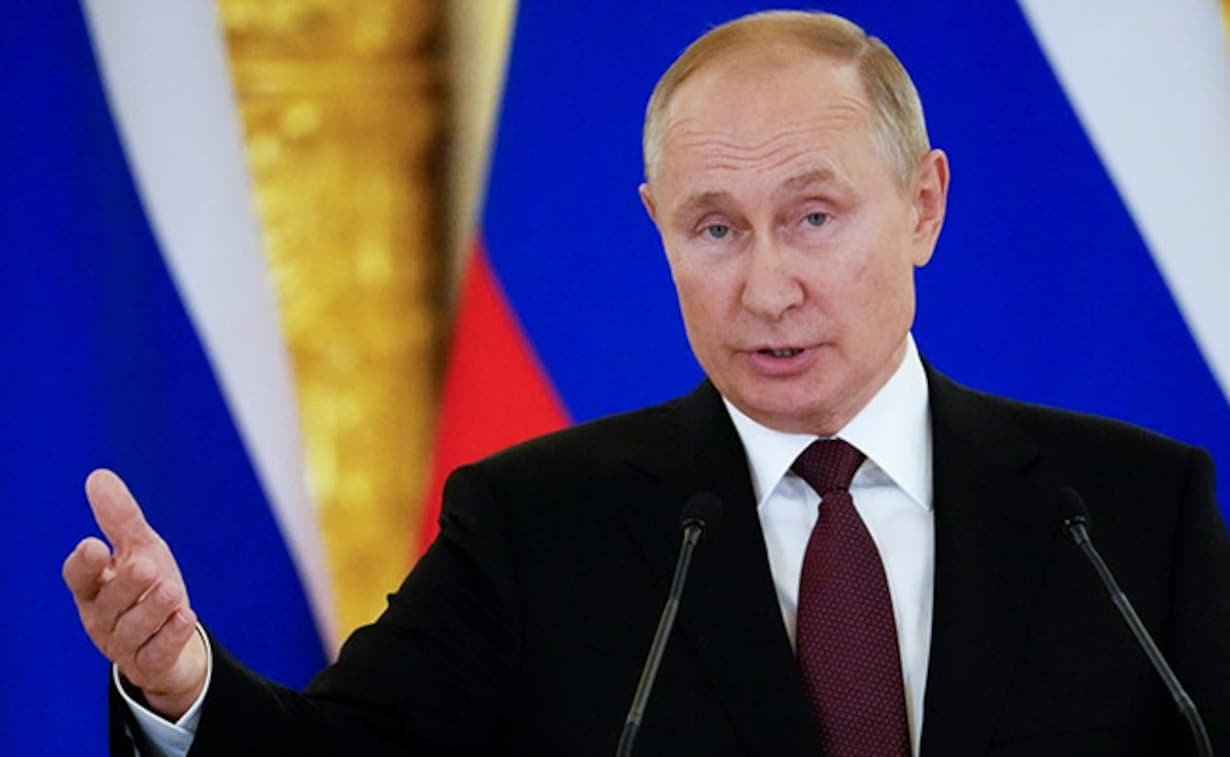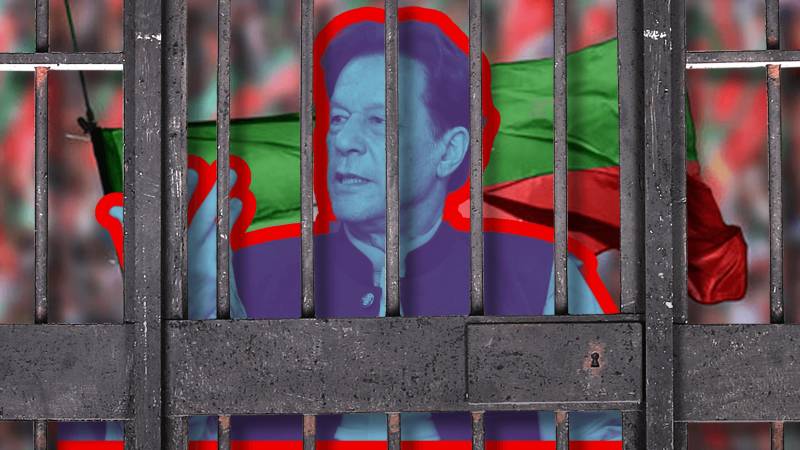On Tuesday, Russian President Vladimir Putin approved a significant shift in Russia’s nuclear policy, lowering the threshold for a nuclear strike in response to a wider range of conventional attacks. This comes just days after reports revealed that the Biden administration had allowed Ukraine to use US-made ATACMS missiles to strike targets deep inside Russian territory.
Russia had warned for months that if the West, particularly the US, permitted Ukraine to launch long-range missile strikes against Russia, Moscow would view NATO members as directly involved in the war. In response, Putin updated Russia’s nuclear doctrine, which outlines the conditions under which he could order a nuclear strike from Russia’s vast arsenal.
The most notable change in the updated doctrine is that Russia may now consider a nuclear strike if faced with a conventional attack on Russian or Belarusian territory that threatens their sovereignty or territorial integrity. This lowers the threshold for nuclear retaliation in response to non-nuclear attacks.
“The big picture is that Russia is lowering the bar for using nuclear weapons in response to a conventional attack,” explained Alexander Graef, a senior researcher at the Institute for Peace Research and Security Policy at the University of Hamburg.
Under the previous doctrine, from 2020, Russia could only use nuclear weapons in response to a nuclear attack or a conventional attack that threatened the very existence of the state. The new rules now classify any attack by a non-nuclear power backed by a nuclear state as a joint attack, and any attack on one NATO member would be treated as an attack on the entire alliance.
The update follows reports from Russia’s Ministry of Defence that Ukraine had launched six missiles into the Bryansk region of Russia, although Russian air defenses intercepted most of them. Russia also expanded the criteria for determining when it would consider itself under a mass attack, including threats from aircraft, missiles, and drones.
The conflict, now in its 1,000th day, is entering what many see as its most perilous phase, with Russia’s forces advancing rapidly and both sides bracing for what could be a dangerous escalation. Analysts warn that the war could reach a turning point, with both Russian and Western officials acknowledging the potential for a broader confrontation.
Putin’s decree also highlights the increasing risk of nuclear escalation, with Russia and the United States controlling nearly 90% of the world’s nuclear warheads. Putin holds the ultimate authority over the use of Russia’s nuclear weapons.
Following the announcement, there was a noticeable spike in the value of safe-haven assets like gold and the Japanese yen, as markets reacted to the heightened nuclear threat.
Russian diplomats have compared the current crisis to the 1962 Cuban Missile Crisis, when the US and the Soviet Union came closest to nuclear war. The Kremlin has made it clear that nuclear weapons are seen as a deterrent, and the new policy is meant to underscore the certainty of retaliation if Russia is attacked.
Sergei Ryabkov, Russia’s deputy foreign minister, warned that the risk of a direct confrontation between nuclear powers could not be underestimated, emphasizing that the current situation is without precedent in modern history.
When asked if the timing of the new decree was linked to the US decision allowing Ukraine to use US missiles, Kremlin spokesperson Dmitry Peskov said the doctrine had been published “at the right time.” He stressed that Russia’s approach to nuclear deterrence is meant to make it clear to potential adversaries that any aggression against Russia or its allies would lead to an inevitable retaliation.

















































